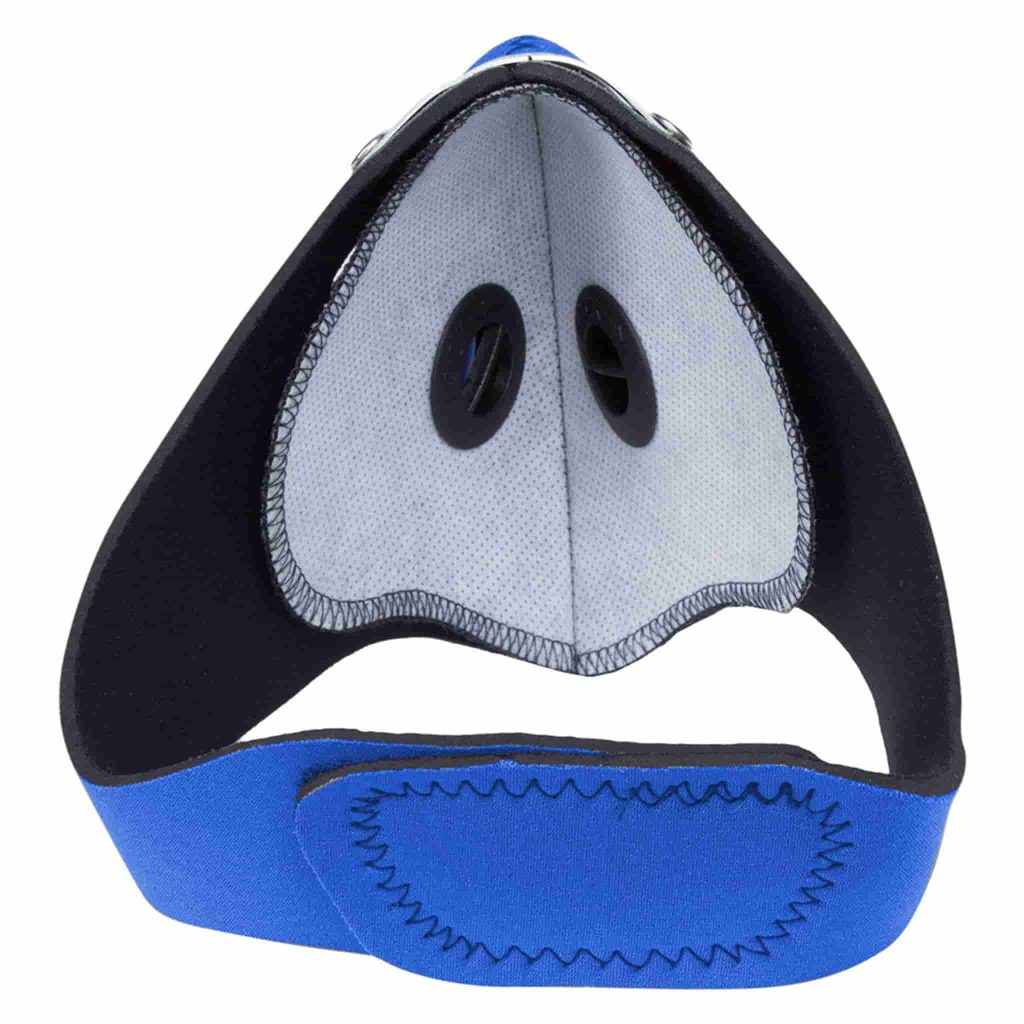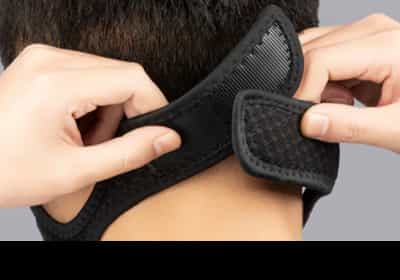
Air pollution kills thousands of people every year. Some studies estimate that more than 40,000 people die every year in France. It is therefore essential to protect your respiratory tract from airborne particles (dust, exhaust fumes, etc.), especially if you are a cyclist or motorcyclist, as they are the ones who breathe in the most contaminants in the middle of car traffic. The question is therefore how to choose an anti-pollution mask?
A good anti-pollution mask must be equipped with a filter of a recognised standard
Too many brands offer masks with filters without any filtration standard. It is therefore not possible to know what percentage of particles is blocked during inhalation and especially up to what size of particles the filter remains effective. You might as well put a handkerchief over your face!
There are three efficiency classes: FFP (Filtering Facepiece Particles) for disposable filtering half-masks. Levels 1, 2 and 3 for these two categories meet the same requirements. They are defined according to their filtration performance against a sodium chloride aerosol composed of particles with a mass median diameter of 0.6 microns and against a paraffin oil aerosol with a median diameter of 0.4 microns at a flow rate of 95 L/min.)
An FFP1 mask should filter out at least 80% of these aerosol particles, an FFP2 (same as KN95) mask 94% and an FFP3 (same as N99) mask 99%.
FFP3 masks are known to be difficult to wear for long periods of time as it is more difficult to breathe in.
Be sure to also have the CE standard written on the filter with the standard number
An effective anti-pollution mask must be tightly sealed all around the face
You will find many offers for one-size-fits-all masks. How is it possible that the same mask can be perfectly adapted to the morphology of a 40kg woman’s face as well as that of a 80Kg man? As with clothing, it is more than logical to offer different sizes so that a maximum amount of inspired air passes through the mask filter and not through the sides. It is therefore important to choose brands that offer several sizes of anti-pollution masks.
Beware of bearded men for whom this seal will not be optimal if the beard prevents the mask from sticking to the skin.
A quality anti-pollution mask does not need exhalation valves
The exhalation valve is usually advertised as facilitating the evacuation of exhaled CO2 and warm air, thus avoiding condensation inside the mask. In reality this is not the case unless the valve is right in front of the mouth. In the vast majority of cases, there are two valves on each side of the mask. The exhaled air is not strong enough to pass through the silicone valves. It remains trapped in the mask and if the mask is made of neoprene, condensation is guaranteed. These masks are quite unbearable in summer when it is hot.

Exhalation valves are an outdated technology. Today, by using the latest generation of fabrics, it can easily be dispensed with. Depending on the mask, the surface occupied by the valve represents 5 to 10% of the filtering surface. It therefore opposes inspiration. Finally, the valve is heavy. It affects the comfort of the mask.
Plastic valves are fragile, they can break or fall off, making the mask unusable or requiring service. They are expensive and therefore add a lot to the cost of manufacturing a mask and finally they are made of plastic and therefore pollute.
In addition, the valves do not filter exhaled air, which is a problem for those who want to protect others in the event of an epidemic or if they are ill.
A pleasant anti-pollution mask should not interfere with head movements
The way in which the mask is attached to the face is key for repeated use or over long periods. A system that only attaches the mask via elastic bands behind the ears will quickly become unbearable because of the pressure it puts on the ears. No need to draw a picture, we have all experienced this during the Covid.
Many brands have therefore opted for a repositionable system at the nape of the neck. This also makes it easier for cyclists and motorcyclists to wear a helmet. Be careful not to tighten the mask too much, otherwise it will tend to go up when you lower your head.

A premium mask should prevent glasses from fogging up
Eyeglass wearers know the disadvantage of having a mask that lets hot exhaled air pass down the nose and fogs up when it comes into contact with the lenses. The solution is to opt for a mask that fits the shape of the nose by means of a flexible stem that gently pinches the bridge of the nose.
The Frogmask masks meet all these requirements on every item
As an expert in the anti-pollution mask category, I created the Frogmask brand taking into account all the criteria necessary to obtain a high quality product, made in France and at a very accessible price in the low average of the market.
Frogmask masks are equipped with FFP2 filters that filter out a minimum of 94% of fine particles down to 0.4µm. They are CE certified.
The Frogmask has a double fastening system. A loop on the ears prevents the mask from falling off, especially when putting on a helmet, and the repositionable band on the back of the neck allows the mask to be attached.
Finally, with a double noseband (one on the filter and one on the mask), the hot air does not flow up the nose. Frogmask are known for not fogging up your glasses. This is of course dependent on the shape of the nose and glasses.
